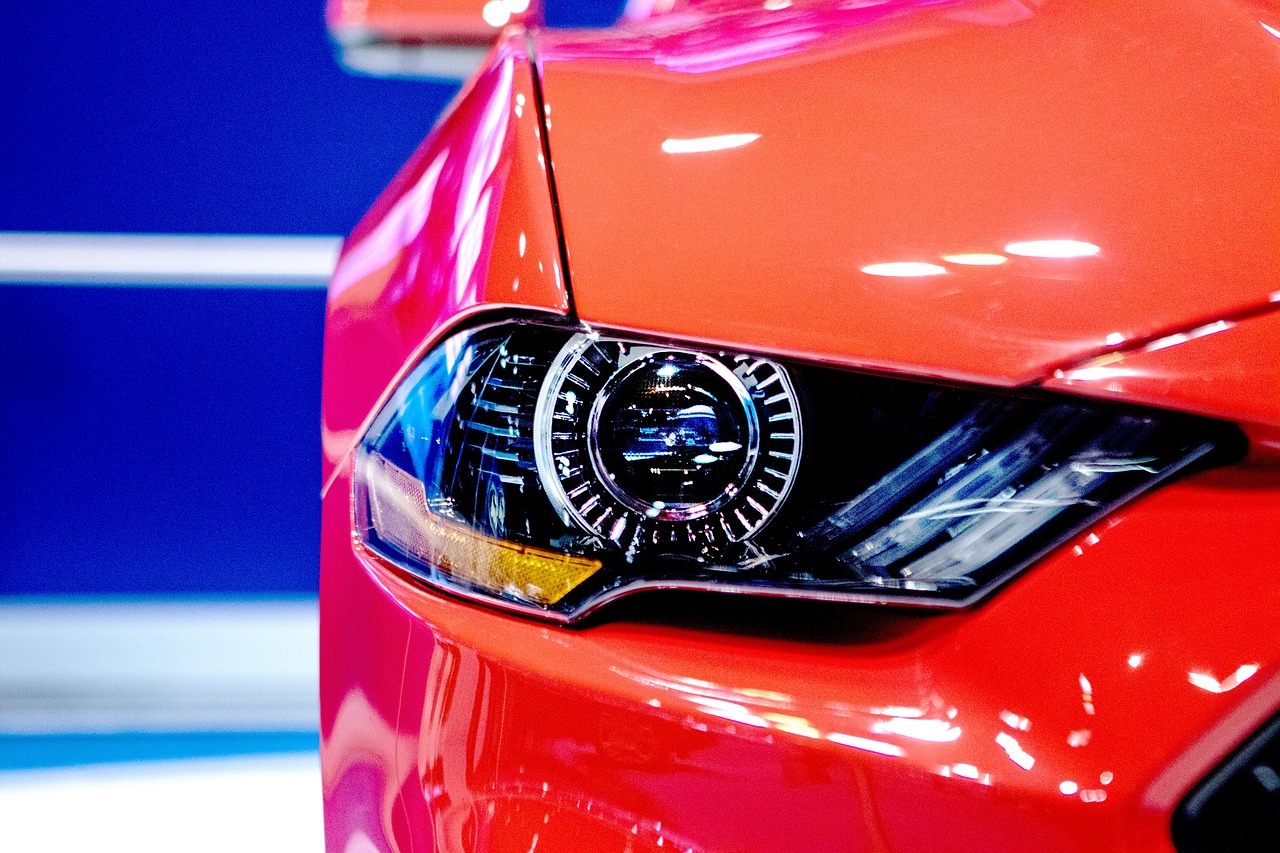The Evolution of Car Fuel Efficiency Enhancement Techniques: From Turbocharging to Hybridization
Start-stop systems have become increasingly popular in modern vehicles as a means to improve fuel efficiency and reduce emissions. This technology automatically shuts off the engine when the vehicle comes to a complete stop, such as at a traffic light or in heavy traffic. By restarting the engine quickly and seamlessly when the driver lifts their foot off the brake or engages the clutch, start-stop systems help conserve fuel and lower overall carbon dioxide output.
The implementation of start-stop systems not only benefits the environment but also results in cost savings for drivers through reduced fuel consumption. In addition to improving fuel efficiency, these systems are relatively simple in design and operation, making them a practical and efficient solution for automakers looking to meet stricter emissions regulations. As the automotive industry continues to prioritize sustainability and eco-friendly technologies, start-stop systems are expected to become a standard feature in many new vehicles, helping to contribute to a greener and more energy-efficient future.
The Rise of Electric Powertrains in Hybrid Vehicles
Electric powertrains are gaining traction in the automotive industry, particularly in hybrid vehicles. The integration of electric powertrains in hybrids offers a more efficient and eco-friendly alternative to traditional gasoline engines. By combining the benefits of electric motors with internal combustion engines, hybrid vehicles can achieve improved fuel economy and reduced emissions.
One of the key advantages of electric powertrains in hybrid vehicles is their ability to provide instant torque, resulting in enhanced acceleration and performance. This seamless blending of electric power with conventional power sources allows for a smooth and efficient driving experience. Additionally, electric powertrains contribute to a quieter ride and lower maintenance costs, making them an appealing option for environmentally conscious consumers.
The Implementation of Regenerative Braking Systems
Regenerative braking systems have gained popularity in the automotive industry due to their ability to recover energy that would otherwise be lost during braking. By harnessing this energy and converting it into electrical energy, vehicles equipped with regenerative braking systems can improve fuel efficiency and reduce emissions. This technology is especially beneficial in hybrid and electric vehicles where energy conservation is a key focus.
The implementation of regenerative braking systems involves sophisticated technology that seamlessly integrates with the vehicle’s existing braking system. Sensors detect when the driver applies the brakes, signaling the system to engage and convert kinetic energy into electrical energy for storage in the vehicle’s battery. This process not only enhances the vehicle’s overall efficiency but also contributes to a more sustainable and environmentally friendly driving experience.
• Regenerative braking systems help improve fuel efficiency in vehicles
• These systems are particularly useful in hybrid and electric vehicles
• Sensors detect when the driver applies brakes, allowing for energy conversion
• The converted energy is stored in the vehicle’s battery for future use
What is a regenerative braking system?
A regenerative braking system is a technology that allows vehicles to convert kinetic energy into electrical energy during braking, which can then be stored and used to power the vehicle’s electrical systems.
How does regenerative braking work in hybrid vehicles?
In hybrid vehicles, regenerative braking works by using an electric motor to slow down the vehicle when the brakes are applied, converting the kinetic energy into electrical energy that is then stored in the vehicle’s battery.
What are the benefits of regenerative braking systems?
Regenerative braking systems help improve fuel efficiency, reduce emissions, and extend the range of electric vehicles by capturing and storing energy that would otherwise be wasted during braking.
Are regenerative braking systems only used in electric and hybrid vehicles?
While regenerative braking systems are most commonly used in electric and hybrid vehicles, they can also be found in some traditional vehicles equipped with start-stop systems to improve fuel efficiency.
How does regenerative braking affect the driving experience?
Regenerative braking can provide a smoother and more controlled braking experience for drivers, as it can help reduce wear and tear on traditional braking systems and increase overall efficiency.







